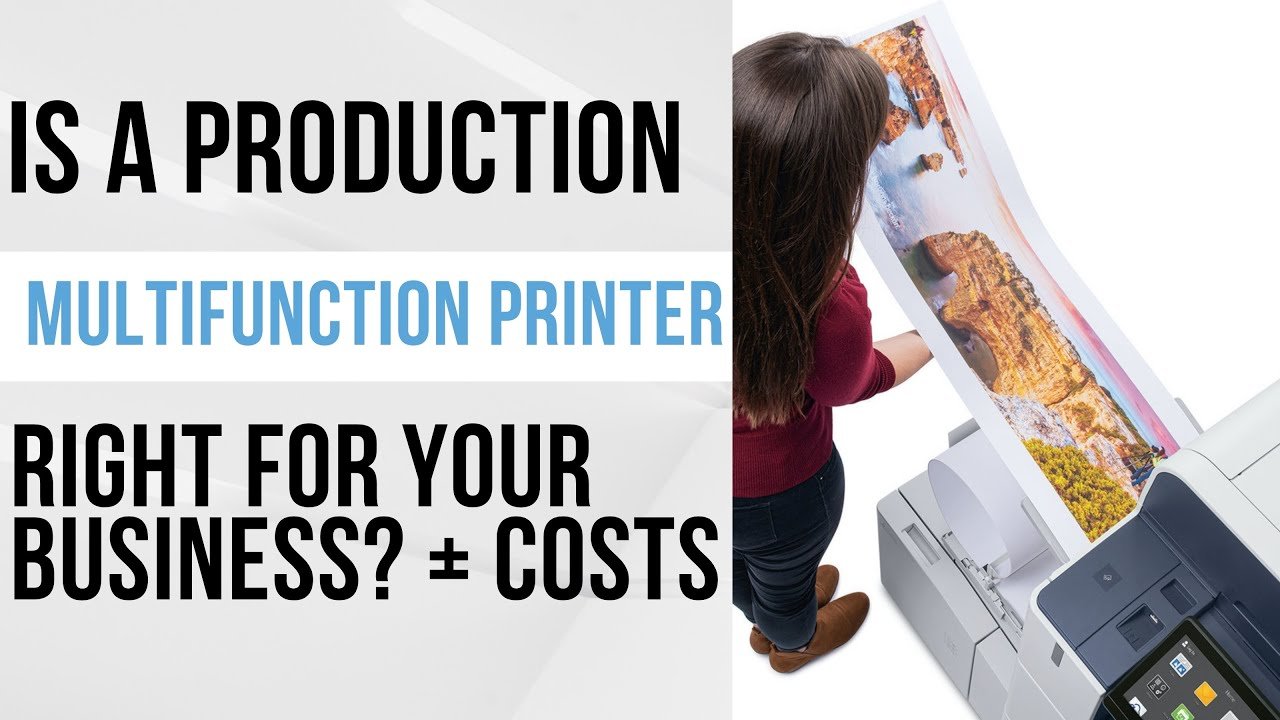Pros and Cons of Buying a Used Printer

You’ve probably seen a used office printer listed online and thought, “That’s a steal.” And, in fairness, it might be. After all, why spend $30,000 on a new printer when you can get one that looks and functions just as well for half the price?
The truth, though, is that buying a used printer isn’t always as simple as getting a great deal. Like buying a used car, there are many factors that determine whether your “bargain” will actually save money in the long run or cost you more down the road.
As a print vendor, we sell both new and used printers. In this blog, we’ll walk you through the real pros and cons of buying a used printer, updated for 2025, so you can make a confident, informed decision for your business.
Table of Contents








